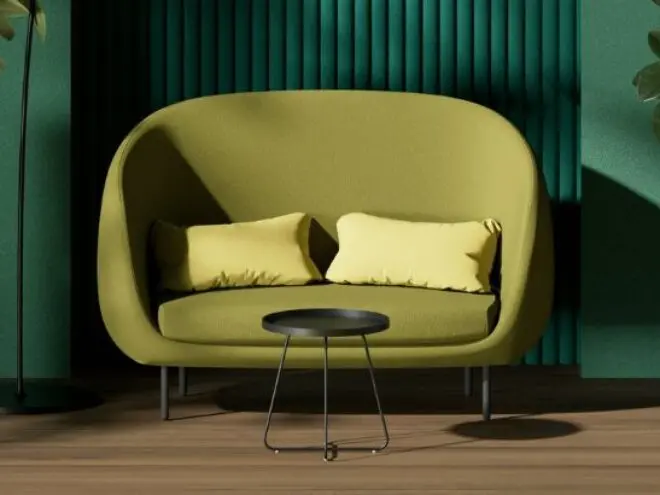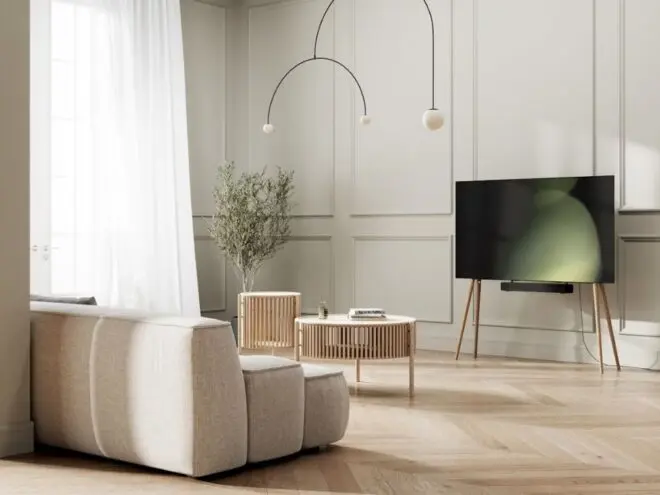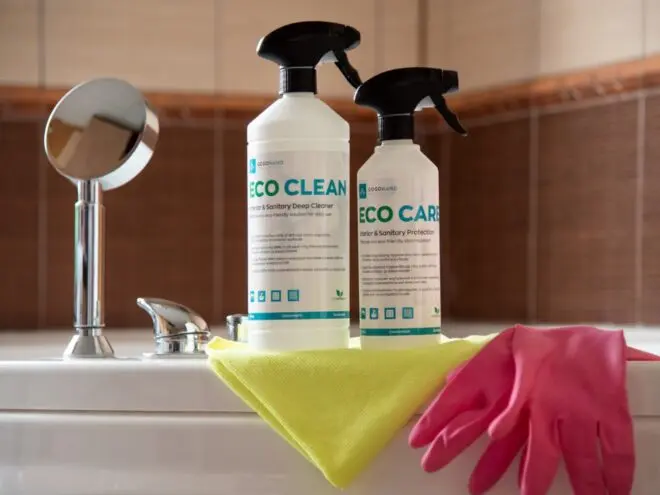Home • 03/06/2024
4 Tips for Creating an Indoor Garden

Revivalist is a reader-supported endeavor and our posts may contain affiliate links. When you buy through links on our site, we may earn an affiliate commission.
There are scores of reasons why you need an inside garden. Oodles of studies extol the virtues of adding more houseplants to your living space, including breathing cleaner air and lowering your stress levels. However, you might be among the many who dismiss the idea, erroneously thinking you lack a green thumb.
Please reframe that negative thought. Look out your window — plants grow wild nearly everywhere, even in inhospitable conditions like sidewalk cracks. What you need are ideas that don’t break the bank and enhance your living space instead of leaving it looking like a vaguely neglected greenhouse. What dos and don’ts should you follow? Here are four tips for creating an indoor garden.
Learn Where to Find Free and Low-Cost Supplies
One of the primary objections people make to starting indoor gardens is cost. While you can drop a bundle, it’s possible to do this hobby on the cheap — even for free. However, you have to break out of your comfort zone and think beyond the garden department at your local big box store. What supplies do you need?
1. Containers
Depending on where you live, you might score free containers right up the street. Many townhomes, condominiums and apartment complexes include freecycle spaces near their dumpsters where residents can deposit gently-used items they no longer need when they move or make other household changes. Their trash becomes your treasure.
However, even those lacking this amenity have the internet. Take advantage of free swap sites where people can list their unneeded plant containers, such as:
- Craigslist
- Freecycle
- Facebook Marketplace
- Nextdoor
2. Plants and Seeds
You can sometimes score free plants from neighbors, too. Cuttings also let you propagate plants without heading to the nursery. For example, you can sprout the following:
- Philodendrons
- Begonias
- Many herbs
- Pothos
- Hydrangea
- Rose
- Chrysanthemum
- Rubber Tree
Seeds are even easier to come by, especially if you plan on growing container vegetables. Some species that lend themselves to easy saving and sprouting include the following:
- Bell and chili peppers
- Tomatoes
- Beans
- Watermelon
- Cantaloupe
Keep in mind that the first generation of plants sprouted from the hybrid plants found at many groceries will not bear fruit. However, some do — those are the ones you keep. Continue breeding the strongest producers through several generations until you create a heirloom strain.
3. Soil and Enhancers
You might need to invest in a bit of potting soil to start your indoor garden, although proper planning can also supply what you need. How? Compost. It’s the process of breaking down organic waste into soil by introducing oxygen.
Fortunately, composting is easier than ever, thanks to countertop models. These provide a convenient place to store your organic waste as you go about your week. Once the smaller bin fills, you can empty it into a larger container kept outdoors on your porch or in your yard. Some machines do the job for you, while others you must turn on occasion to accelerate the decomposition process.
Composting provides rich soil that has ample nutrition — there’s no need for additional fertilizer or plant food. You can compost all of the following:
- Vegetable and fruit food scraps, including cores, stems, unwanted seeds that you don’t save and rinds
- Eggshells
- Unbleached coffee filters and tea bags free of plastic
- Non-glossy paper, like newspaper and paper grocery bags
- Used paper towels
- Cardboard
- Lawn and tree clippings
Fortunately, pest control isn’t as difficult in an indoor garden as it is outdoors. Your biggest challenge is to inspect any new cuttings or plants brought into your environment for disease or pests before introducing them to avoid getting mildew or mites into your home.
Match Your Plants to Your Home’s Layout
Is your home a festival of light, thanks to your many windows? If so, you’ll select different houseplants than someone who lives in a center-row home that lies in shadow much of the day. Some species prefer full sunlight, while others thrive in shady conditions or a blend. Selecting the right varieties leads to greater success and happiness with your indoor garden.
1. Full Sun Species
- Aloe vera
- Sago palm
- Snake plant
- Hibiscus
- String of pearls
- Dragon tree
- Cactus
- Yucca
2. Full Shade Species
- Peace lily
- Boston fern
- Philodendron
- Spider plants
- Parlor palm
- Monstera
- Ivy
- Cast iron plant
3. Plants That Prefer a Mix of Shade and Sun
- Pothos
- Dracaena
- ZZ plant
- Chinese evergreen
- Lucky bamboo
- Zamioculcas
- Radiator plants
- Calathea
Another consideration is to place your houseplants where you’ll see them daily. Doing so increases your enjoyment of them while also reminding you when they need care. Things you see every day eventually catch your attention, which is useful if you forget to water.
Display Your Treasures Creatively
The best way to ensure you see your beloved houseplants daily, maximizing your enjoyment of them, is to display them creatively. Look at each room of your home with an interior designer’s eye. Where can you add a natural, green pop?
Consider a theme. For example, you can create an indoor jungle with various stands and hanging baskets. Your gallery walls come alive when you intersperse teardrop-shaped plant shelves containing hanging ivy. Add shelves and highlight favorite photographs with a small succulent planter on either side.
A corner hanging basket hanger provides yet another place to display your houseplants. Leave a few of the containers open as a quick place to stash those scattered Legos from unexpected guests if you have small children.
One glorious feature of an indoor garden is that it lets you go greener through repurposing. For example, stack boxes to create a tiered display. The hanging leaves camouflage cardboard or chipped pieces you might otherwise discard.
Share Your Love and Knowledge With Others
Once you gain proficiency, help others with their indoor gardens. You can pass on what you know to others who show an interest. Offering cuttings and seedlings to neighbors is a great way to make friends who share your love of growing things, and you can sprout a nearly endless supply of free holiday gifts to delight your new tribe.
One problem the modern world faces is that many people have lost touch with simple survival skills in the rush to master new technology. Knowing how to grow plants is essential to ensure an ongoing food supply. Although most people will hopefully never need to rely on their indoor garden for sustenance, keeping these skills improves your sense of agency and passing them on benefits society.
Create a Gorgeous, Healthy Indoor Garden
Indoor gardens beautify your home and improve your health. They purify your indoor air by removing toxins and promote a sense of inner calm and peace.
Follow the above steps to create a gorgeous, healthy indoor garden. Money is no object — you can use these tips to get started for free and use the magic of nature to grow your urban jungle.
Subscribe to Our Weekly Newsletter
We would love to connect deeper with you!


